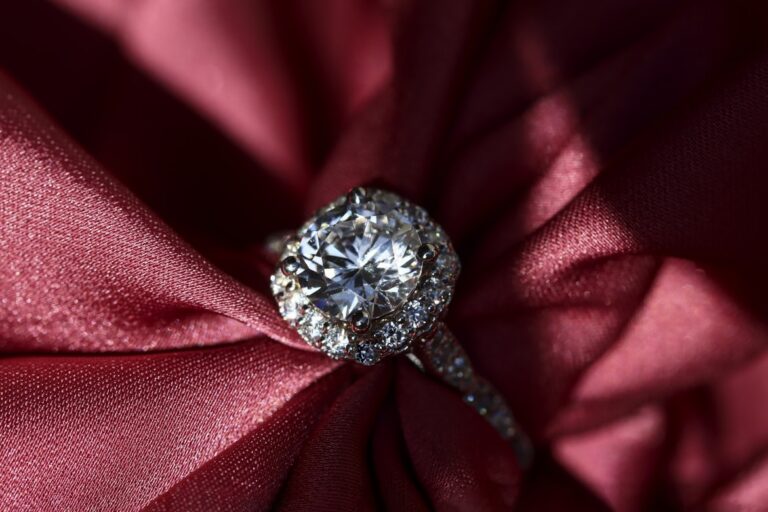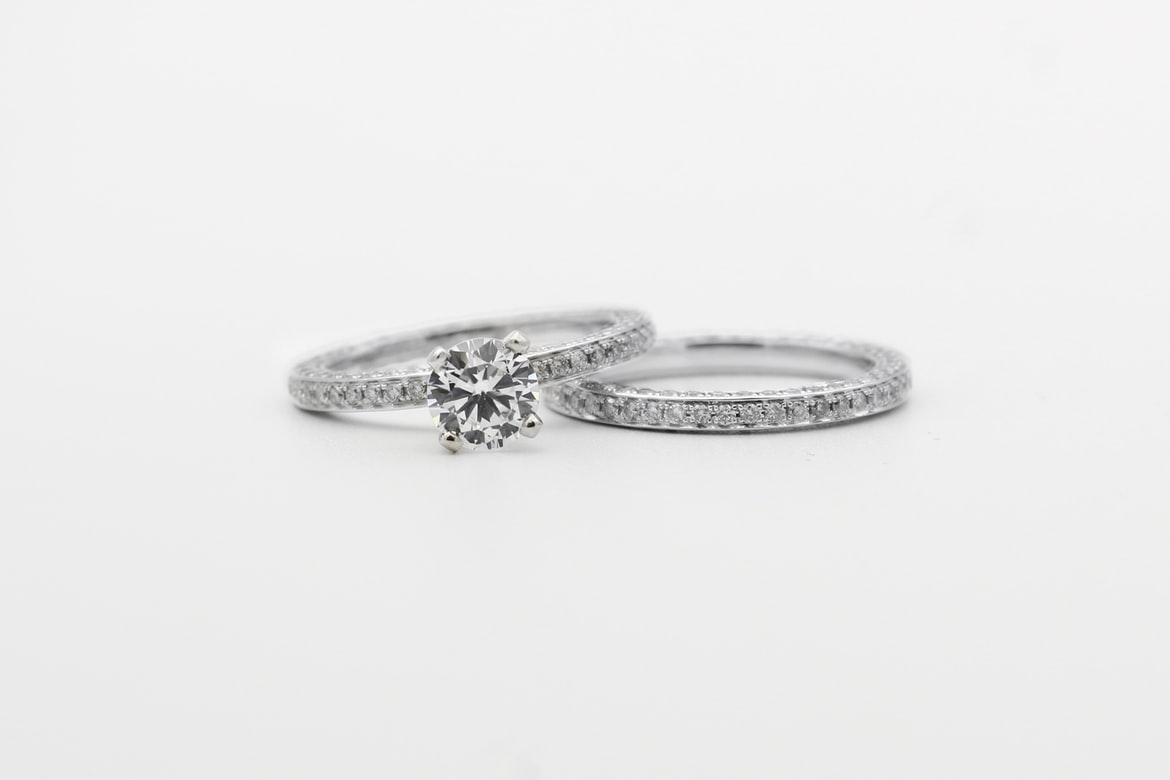The expression “sparkle like diamonds” didn’t come from out of the blue. Diamonds are known around the world for their sparkling qualities and unparalleled brilliance. That’s what makes them the most traditional and timeless style of engagement ring today. From emerald cut engagement rings to two-tone engagement rings from Verragio made up of white and rose golds, a diamond is sure to take center stage — especially in the right light.
But just what makes a diamond sparkle? If you’re on the hunt for a diamond to rest in a semi-mount ring you plan to propose with, there are some things you need to know. In this article, we break down the Four Cs and explain what goes into making a diamond sparkle.
The Four Cs
The GIA has created a special system designed to rate a diamond. What is known as the “four Cs” consists of the following factors that come into play when choosing a diamond: carat, clarity, cut and color. Out of these four, it’s important to know that it’s not the size or carat of the diamond that creates a sparkle, but the cut, clarity and color. With that in mind, let’s explore what makes a diamond sparkle to its finest. Like many things in life, sometimes it’s not the quantity or size that matters, but the quality.
Pure Carbon
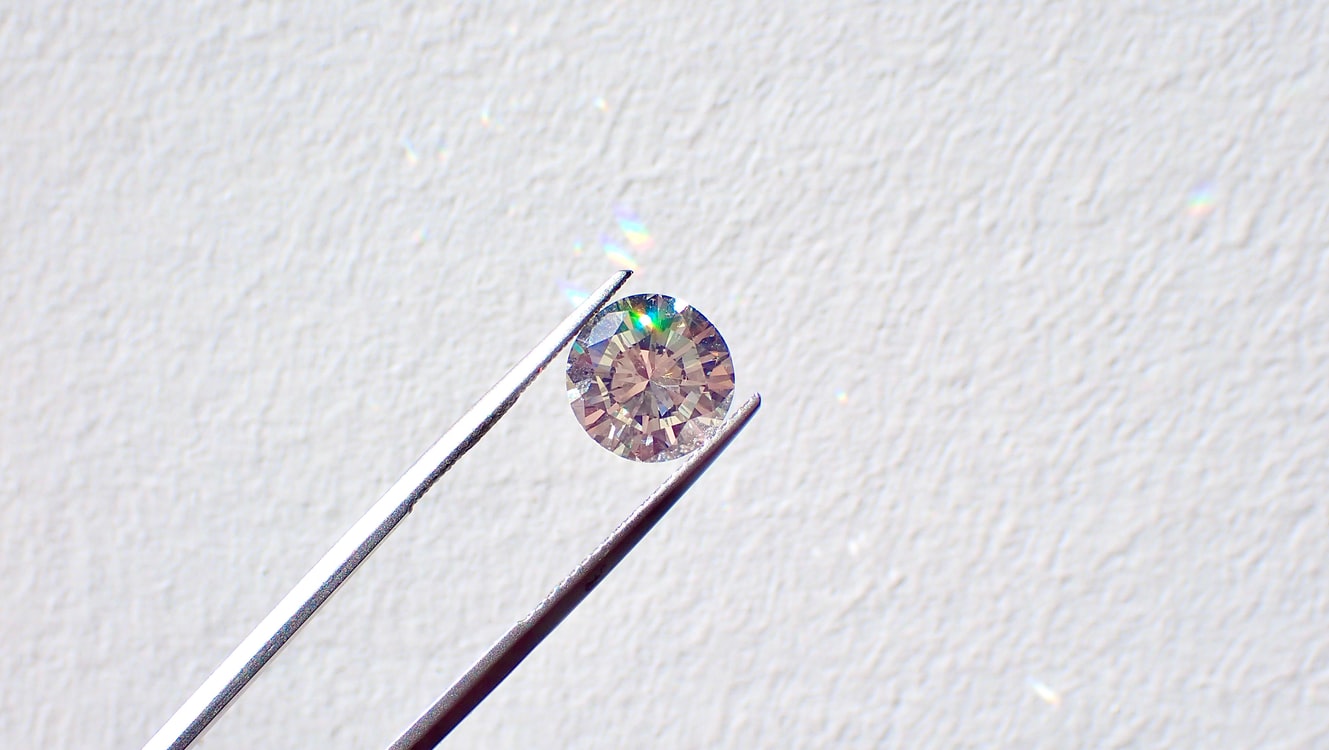
Diamonds are formed from pure carbon buried deep inside the earth. So how do we retrieve these deep diamonds? While they are made way below the earth’s surface, eventually, they travel up to the surface through kimberlite clay volcanic tubes until they arrive closer to the surface where they can be mined and found. By an unusual and beautiful combination of physics and chemistry, this is how the diamond on an engagement ring or wedding band is formed.
However, what is retrieved from the earth is not the diamond we all know. Until it is processed and cut ever-so-precisely in a way that makes it sparkle, the diamond’s formation isn’t much to look at. The clay a diamond gemstone rests inside is super-durable while it’s underground, but once it is exposed to oxygen and sunlight, the clay crumbles. But what is inside the crumbling clay are rough, raw diamonds that only appear like gray pebbles.
At first, looking like a transparent stone to the naked eye, a diamond can become truly spectacular in the hands of an expert cutter’s blade. That’s why a raw diamond has to undergo several series of steps and then cut into a symmetrical shape to achieve something worthy of resting on semi-mount rings.
1. The Cut
Before cutting the diamond or even using an instrument, a cutter will closely examine its shape. What are they looking for, exactly? Basically, the cutter looks for naturally occurring internal planes hidden inside the diamond that will work to their advantage, reveal the diamond’s best attributes and create a dazzling sparkle. By carving away and defining a finished shape and silhouette, the diamond will be fit for a ring.
While saying the cutter carves it away, it’s not done by hand, although it does have a more romantic ring to it. With today’s modern technology, a diamond is often cut through an automated process using only the very best precision tools of the trade. With the help of these new tools, today’s modern diamonds sparkle tenfold what they once did before this automated technology existed. Cutting each diamond in a way that accentuates every facet and channel, allowing maximum light to enter the stone and refract or bounce around, you will achieve the brightest, most brilliant diamond possible.
So, when choosing a diamond for an engagement ring, consider the cut. The cut of the diamond can enhance its sparkle significantly. In the old days, human error could make a diamond depreciate in value. Luckily, that is no longer the case.
2. The Clarity
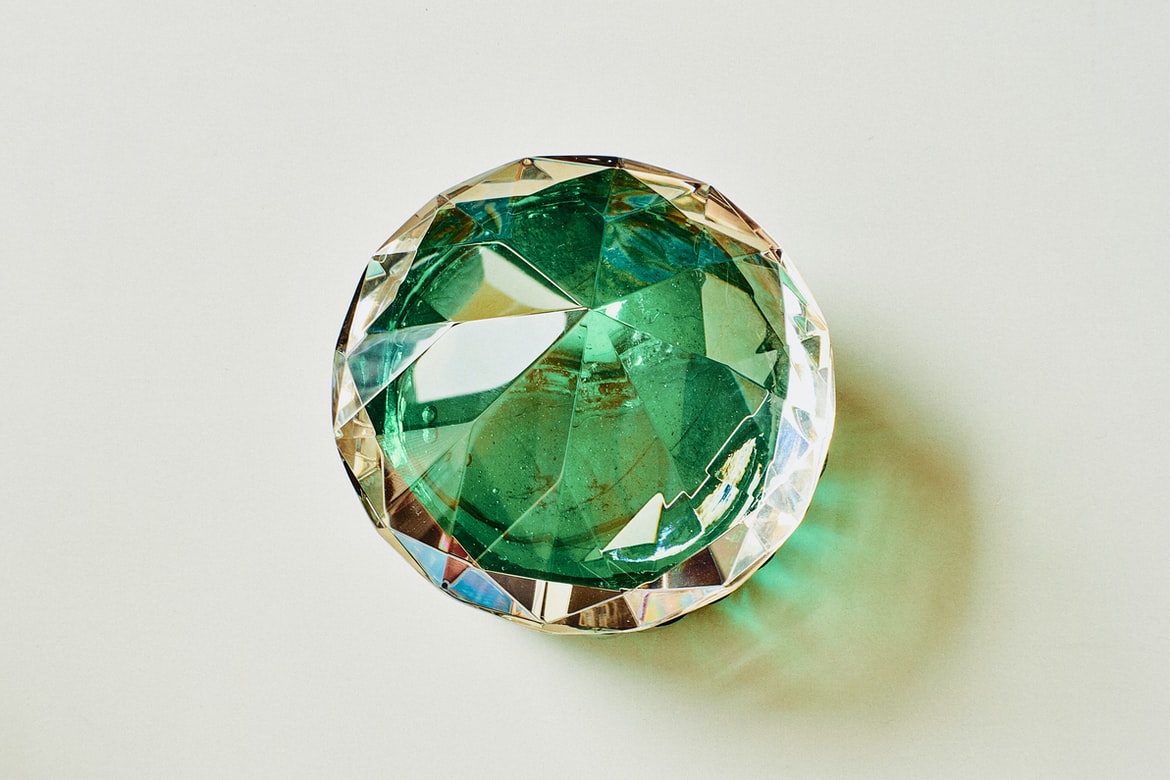
The cut of a diamond is determined based on the overall internal purity of the stone, also known as the clarity. As a natural object taken from the earth, a diamond’s journey is never complete. Instead, the natural stone will always have some impurities and defects, which are located and removed in the automated cutting process.
Sometimes, a high-quality clear diamond is discovered. When this happens, the gemstone can be given a larger cut — giving it a more substantial size — which in turn enhances its brilliance. Of course, with a higher quality stone comes a higher price tag. With a nearly pure interior, more light can bounce around the facets and create a more profound and breathtaking sparkle.
When choosing an engagement ring or other diamond-style ring, look for the clarity rating.
3. The Color
The finest quality diamonds will have little to no color at all. On the other hand, some will have subtle hints of warm or cool hues, while others look more like a gemstone, projecting a more vivid tone. Colored diamonds will still give off a lovely sparkle; however, the overall color will, of course, compromise the sparkle to some degree. Furthermore, it will minimize the iridescent, holographic-like rainbow effect that presents itself in some diamonds when facing a particular lighting scenario.
4. The Carat Weight
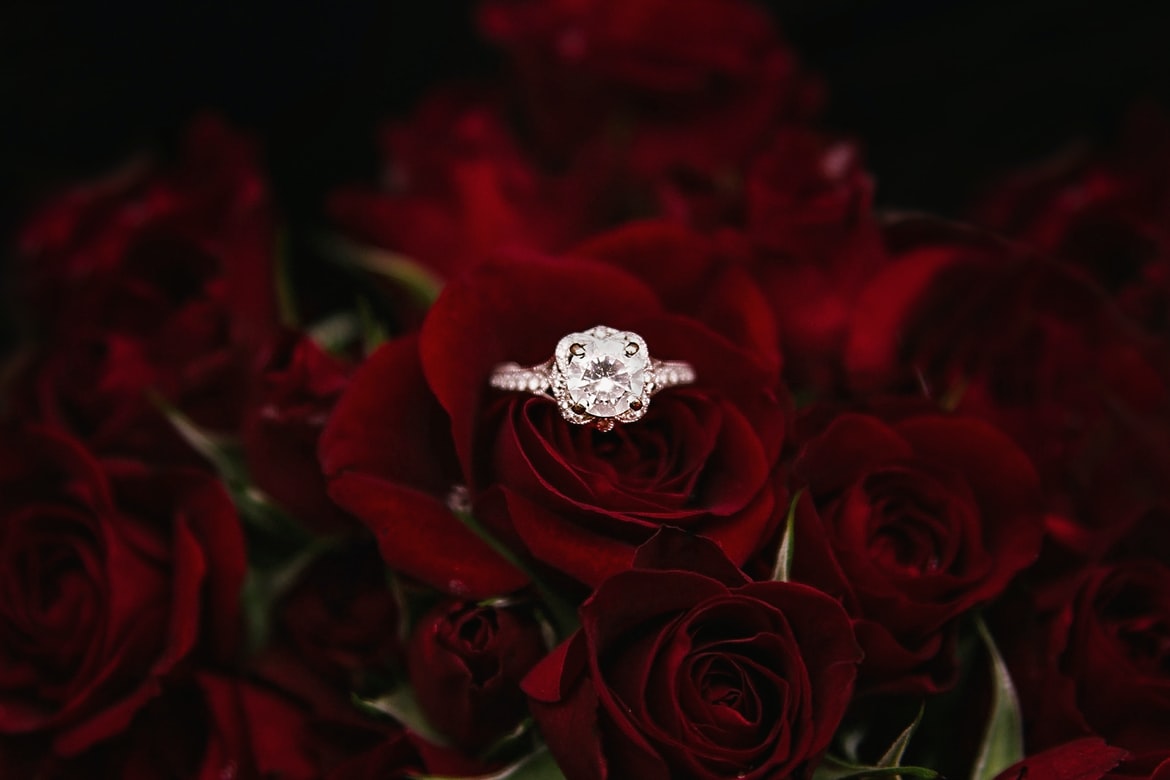
Lastly, you have the carat weight. The last of the 4Cs of diamond quality, the carat weight is the international unit of measurement for a gem’s weight, whether it’s a diamond or a ruby. While the cut, clarity and color are the main components that drive the overall sparkle of a diamond, the carat weight and size of a diamond have no visible effect on the sparkle. When it comes to sparkle, bigger isn’t always better. Cut, clarity and color are the sparkle’s source.
What Makes a Diamond Sparkle?
So, just what makes a diamond sparkle? Remember the four Cs and, more importantly, the three that lend themselves to a diamond’s brilliance: cut, clarity and color. Also, a little cleaning and polish every once in a while helps, too! You want to protect your investment, after all, keeping your sentimental jewelry lasting for years to come.

